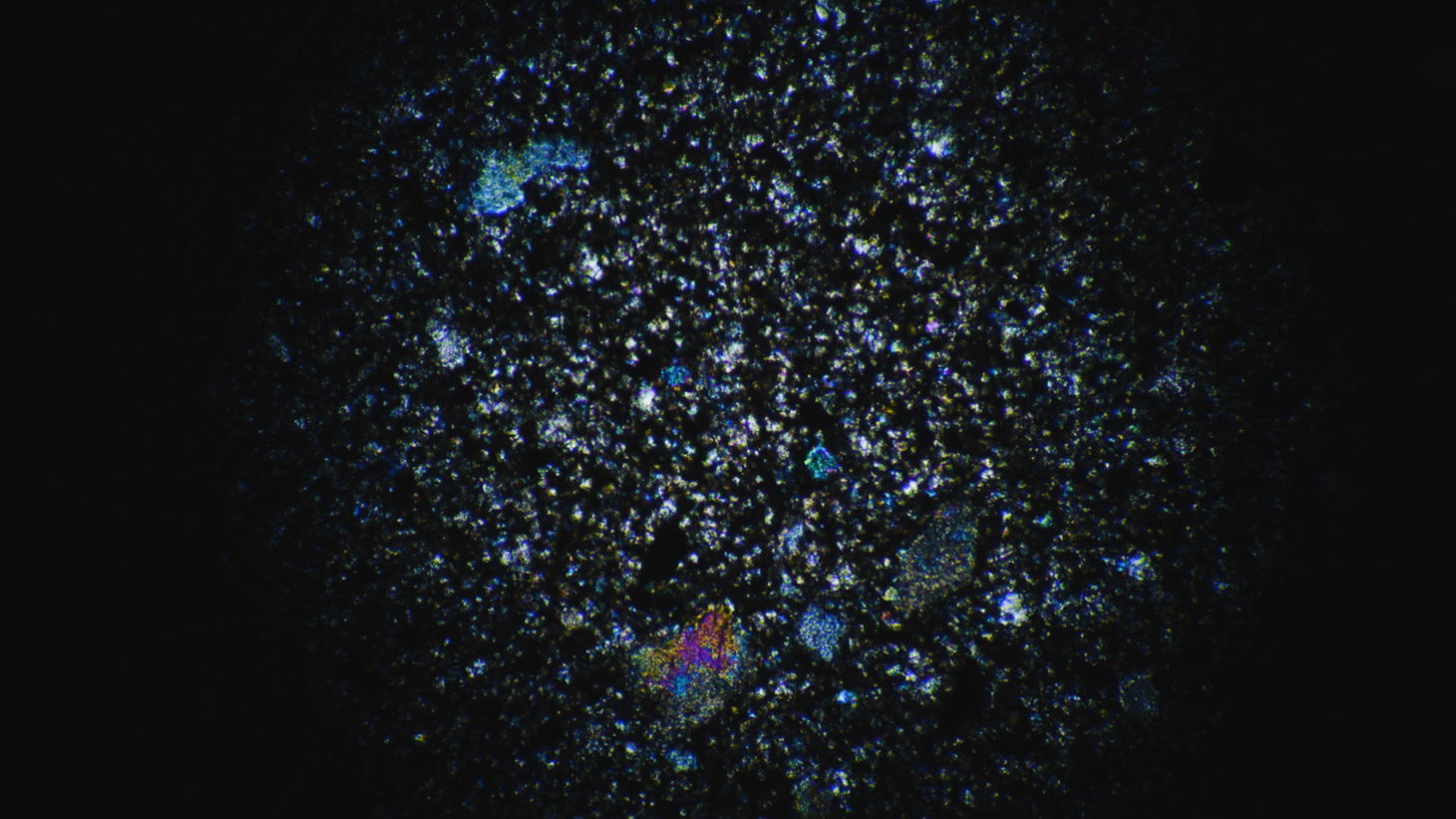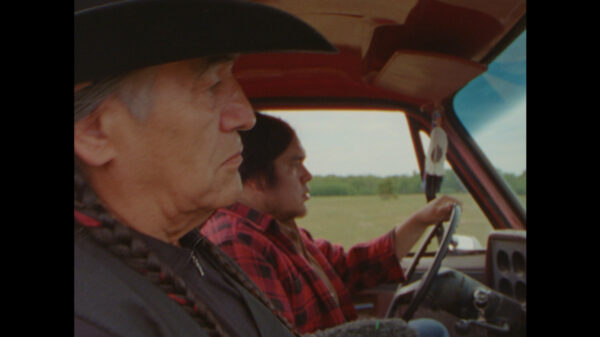A Sky Like You’ve Never Seen
Lisa Jackson’s new documentary Wilfred Buck dives deep into its namesake’s biography and his knowledge of the cosmos.

While many of us can look up at the night sky and pick out the North Star or maybe the Big Dipper, there are a few people whose life mission is to observe and understand as much of the tapestry of stars above our heads as they can. One of these individuals is Wilfred Buck, a Cree astronomer and Knowledge Keeper, subject of a new documentary by filmmaker Lisa Jackson. Buck’s story, however, is not only one of stargazing but also a freewheeling redemption tale, a story of knowledge lost and found, and ultimately, a story about hope.
Out now in select Canadian cities, the documentary is a blend of archival footage, dramatizations of Wilfred Buck’s early years, and contemporary interviews with the eponymous subject to show the whole arc of his life, from homelessness all the way to his current existence as an educator and Knowledge Keeper.
Wilfred Buck is one of the world’s leading experts on Indigenous astronomy. In getting to that point, he experienced trauma and displacement in his early life in Manitoba, a story that may seem all too familiar for Indigenous people in Canada. He shaped his story into a memoir, the evocatively named I Have Lived Four Lives. Passages from this memoir serve as the narration for the dramatic portions of the film.

A still from the film Wilfred Buck.

A still from the film Wilfred Buck.
“I felt like I was reading someone like Jack Kerouac. But telling a story that we’ve never heard before of somebody who is a Cree man from Northern Manitoba,” Jackson says. She was introduced to the story before Buck had published his memoir, and his story hooked her not only for its dramatic potential but also for the way it highlighted an Indigenous perspective she felt was seldom represented. “With Wilfred’s story, what I really thought was so powerful and hopeful is, I think, this idea that we have difficulties and challenges and traumas, and also there’s this beauty, and I think certainly I’m Anishinaabe, and from that perspective you can’t separate those things out.”
What is evident in the film is Buck’s passion for the knowledge he has gained and his willingness to pass it on to others. In the contemporary footage, we see him driving around in a mobile planetarium, teaching others about the stars with the knowledge he has gathered from his own life and from his conversations with elders across Canada. Contrast this with the dramatizations of his early years, and the arc of a life begins to appear. In one scene, Buck walks along an ice road in Manitoba, bemoaning the company he keeps and the life he is leading. Immediately, we come back to the present, Buck in his element surrounded by friends, teaching them about the stars.

Connecting all these strands, both planetary and interstellar, are interstitial shots of the surface of a meteor, black and purple contrasting on the screen. “I think the thing that really blew my mind was I had seen an image of this slice of meteorite that when you look at it under a microscope, and you put cross-polarized light through, it turns into this stunning stained-glass window that then shifts when the cross-polarized light turns. So I was obsessed with filming that,” Jackson says. The footage acts as a powerful visual in the film but also as a reminder of the way Buck’s astronomy knowledge is connected to a wider worldview. Just as the meteor connects the disparate threads of his life, so the indigenous astronomy is linked to every aspect of life on Earth.
Perhaps the culmination of the film is Buck’s appearance speaking at Harvard, a stalwart of the European-focused science establishment that erased much of the knowledge Buck has worked so hard to reclaim and share. It is a start to the reconciliation between western science and the Indigenous knowledge that predated European arrival in the Americas. Buck’s story serves almost as a mirror to the story of this knowledge, a story that continues to this day. Jackson’s film is a reminder that there are people who can look into the sky, and there are those who can truly see the stars.








